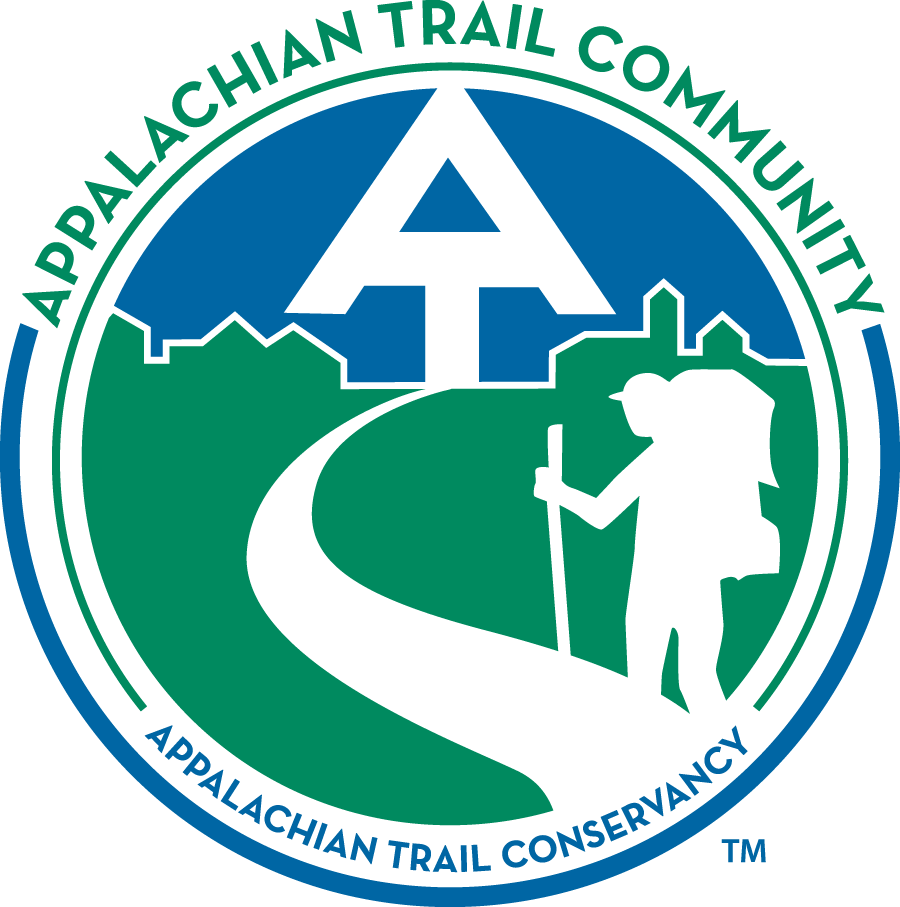
An exemplary visitor destination
By Wendy Weiger
MONSON (POPULATION 686) IS A small town that plays a large role in the lore and culture of the Appalachian Trail. Located 115 miles south of the Trail’s terminus atop Katahdin, the town serves as the gateway to the Hundred Mile Wilderness, the most remote section of the entire A.T. Monson offers northbound thru-hikers the last opportunity to resupply for their final push toward their goal. For southbounders, still developing their Trail legs, Monson serves as an oasis to rest and regroup before hiking on toward the rugged mountains of southern Maine and New Hampshire. In 2012, Monson was officially designated as an Appalachian Trail Community.
The Appalachian Trail Conservancy’s (ATC) Monson Visitor Center first opened its doors in June 2016. We typically welcome more than 4,000 visitors over the course of each season, which runs from early June through mid-October. A primary reason for the center’s founding was to educate northbound thru- and section-hikers about the exceptional natural values of Baxter State Park, home to Katahdin. From 1930 to 1962, Governor Percival Baxter purchased land around the mountain with his own funds, then donated it to the state of Maine with the stipulation that it be kept “forever wild.” Human use remains secondary to preservation of the park’s wilderness character. In recent years, as growing numbers of northbounders trekked through the park toward Katahdin’s iconic summit sign, concerns developed about their cumulative impact. Busy rangers found it challenging to meet the needs of A.T. hikers while fulfilling multiple other duties.
The goal of Monson Visitor Center staff is to ensure that northbounders arriving in Baxter understand the regulations that protect the park’s extraordinary qualities. We’ve even developed a flow chart that explains options for camping and how to obtain a permit to climb Katahdin. In 2019, two thirds of all northbound thru-hikers came to the visitor center for in-person education. Other northbounders connected on the Trail with either our visitor center ridgerunner or a Maine Appalachian Trail Club ridgerunner equipped with our chart. Throughout the season, we remained in close touch with Baxter staff to ensure that we provided hikers with the most up-to-date information and to give rangers a heads-up regarding projected hiker numbers on busy weekends.
When hikers come into our visitor center, or speak with our ridgerunner on the Trail, it gives us an opportunity to talk with them about skills for safe hiking and Leave No Trace principles. Over the course of each season, we teach hundreds of hikers how to minimize risk while crossing streams. Another issue that comes up frequently is fire safety: we emphasize that fires along the A.T. in Maine are allowed only in official fire rings at designated campsites. As temperatures drop toward the end of the season, hikers may be strongly tempted to build a fire during a break or at an unofficial “stealth” campsite — but illegal fires sometimes burn out of control, endangering the forest, the Trail, other hikers, and the men and women who are called to extinguish the blaze.
Of course, the A.T. is not just for long-distance hikers. Many people — young and old, solo hikers and families, local folks and people from much farther away — come to the visitor center seeking help in choosing day hikes or short section hikes that suit their interests and level of ability. As a registered Maine guide, I especially enjoy introducing local people to the A.T. and other nearby trails through guided hikes, ranging from slow-paced mindful nature walks, to explorations of dramatic waterfalls, to a challenging climb up the flank of a mountain offering sweeping views. I always allow plenty of time to study trees and flowers, listen to birds, and learn more about the ecology of the forest along the way. Participants have ranged in age from 3 to 81. I’m delighted when folks who have joined me on these adventures follow up to let me know that they’ve returned to spots we visited to share them with friends or family.

Over the past three years, Monson, long known as a Trail town, has been developing a reputation as a center for the arts as well. The new Monson Arts program offers residencies who bring visual artists and writers from around the country. Nature has inspired artists throughout history, and residents often come to the visitor center for advice about getting onto local trails. One artist who joined a guided hike to Vaughn Falls, on the A.T. north of Monson, was so struck by the interplay of light and water that it inspired her to create an abstract paper sculpture expressing her interpretation of its beauty.
This April, the Maine Community Foundation awarded a $70,000 grant to Monson as part of its Community Entrepreneurship Program, intended to foster an innovative environment that attracts creative entrepreneurs to start new businesses in town. The town manager and business owners who wrote the grant application named the visitor center as one of the town’s strengths. This is a great affirmation that, through the visitor center, the ATC is giving back to the town that has given so much to the Trail.
As the COVID-19 pandemic continues, outdoor recreation — with strict attention to social distancing precautions — is an excellent way to relieve stress and support physical and mental well-being. The Monson Visitor Center looks forward to another season of serving hikers and promoting safe and responsible enjoyment of the A.T. and Baxter State Park.